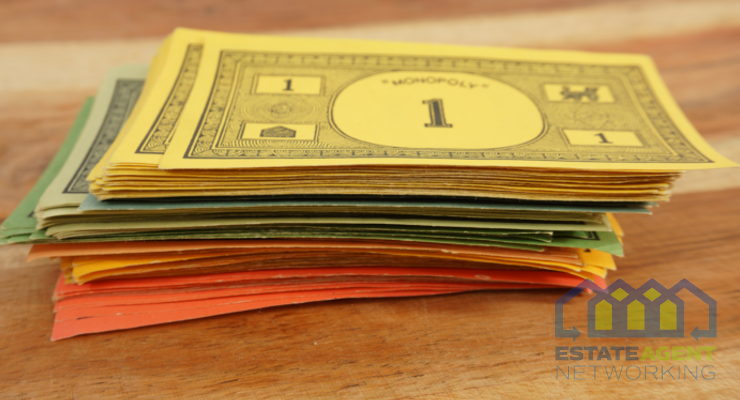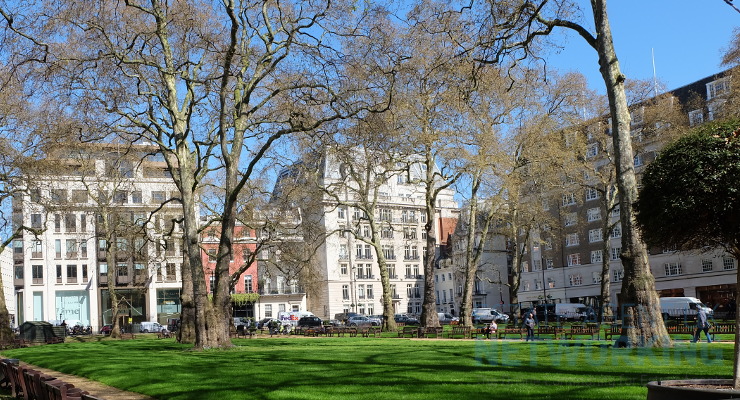Help to Buy house prices have overheated by £63k
Help to Buy house prices have overheated by £63k & could leave FTBs in Government induced negative equity!
The latest research by for sale by owner website, www.OkayLah.com, has revealed how the Government’s Help to Buy scheme has hugely overheated and while the big house builders that have taken advantage of the scheme have made huge profits, a collapse could leave hundreds of thousands of homeowners in negative equity.
OkayLah.com looked at the number of Help to Buy completions each quarter since Q2 of 2013 and the total sold value of those Help to Buy properties to ascertain the price of the average Help to Buy property in each quarter. They then compared this to the average first-time buyer house price from the Land Registry to see how prices differed for those using the scheme.
In Q2 of 2013 when Help to Buy was introduced, the average first time buyer house price was £197,000, with the price paid per a Help to Buy property just £186,091, making them over £10,000 better off as a result of using the scheme.
But by Q3, this had fallen to just over £6,000 better off, with a complete turnaround coming by Q4 with the average Help to Buy house price exceeding that of the average first-time buyer by £7,714.
Fast forward to 2018 and a sector suffering from a lack of supply but bolstered by this huge spike in demand as a result of the Government’s ‘helping hand’ is now vastly out of kilter with the rest of the market.
Today the average first-time buyer house price is £236,000, however, those buying through the Help to Buy scheme are forking out a staggering £298,927 – a different of £62,927.
This deficit has been increasing each quarter and the now leaves many in danger of negative equity should the housing bubble burst and prices plummet.
Founder and CEO of www.OkayLah.com, Paul Telford, commented:
“It’s quite astonishing how out of shape the Help to Buy scheme now looks against the backdrop of the rest of first-time buyer market across the nation. While it was implemented with the best intentions and initially did serve as intended, the consequences of further fuelling demand in an area of the housing market that was already in desperate need of additional stock is plain to see.
What’s perhaps more alarming is that as much as half of the £1bn or so made by the nation’s biggest house builders has come from the Government subsidised scheme and essentially straight out of the pocket of taxpayers.
Not only has this pushed Help to Buy prices up massively, but it leaves those buying through the scheme on vary precarious ground. While we are unlikely to see a market crash despite the slowdown caused by Brexit uncertainty, a notable softening of property values would leave many in negative equity when considering their Help to Buy property within the wider landscape of the first-time buyer market climate.”
|
Quarter
|
Completions
|
Value of Equity Loans (£m) at completion1
|
Total value of properties sold (£m)2
|
Avg price paid per H2B property
|
Avg UK FTB House Price*
|
Help to Buy ‘Premium’ (£)
|
Help to Buy ‘Premium’ (%)
|
|
2013
|
14,023
|
566.15
|
2,840.37
|
||||
|
Q2
|
2,103
|
78.09
|
391.35
|
£186,091
|
£197,000
|
(£10,909)
|
-6%
|
|
Q3
|
3,944
|
156.24
|
784.31
|
£198,862
|
£205,000
|
(£6,138)
|
-3%
|
|
Q4
|
7,976
|
331.82
|
1,664.70
|
£208,714
|
£201,000
|
£7,714
|
4%
|
|
2014
|
28,376
|
1,226.04
|
6,160.42
|
|
|||
|
Q1
|
5,581
|
235.21
|
1,181.89
|
£211,770
|
£205,000
|
£6,770
|
3%
|
|
Q2
|
8,775
|
380.81
|
1,913.72
|
£218,088
|
£210,000
|
£8,088
|
4%
|
|
Q3
|
5,846
|
252.67
|
1,269.99
|
£217,241
|
£218,000
|
(£759)
|
0%
|
|
Q4
|
8,174
|
357.36
|
1,794.82
|
£219,577
|
£209,000
|
£10,577
|
5%
|
|
2015
|
31,827
|
1,469.26
|
7,399.13
|
|
|||
|
Q1
|
4,929
|
215.84
|
1,085.28
|
£220,183
|
£212,000
|
£8,183
|
4%
|
|
Q2
|
9,355
|
429.76
|
2,163.86
|
£231,305
|
£212,000
|
£19,305
|
9%
|
|
Q3
|
6,898
|
319.26
|
1,608.46
|
£233,178
|
£219,000
|
£14,178
|
6%
|
|
Q4
|
10,645
|
504.4
|
2,541.54
|
£238,754
|
£217,000
|
£21,754
|
10%
|
|
2016
|
38,383
|
2,094.12
|
9,889.73
|
|
|||
|
Q1
|
6,788
|
329.15
|
1,652.41
|
£243,431
|
£223,000
|
£20,431
|
9%
|
|
Q2
|
10,814
|
583.66
|
2,787.65
|
£257,782
|
£220,000
|
£37,782
|
17%
|
|
Q3
|
8,542
|
474.03
|
2,210.02
|
£258,724
|
£226,000
|
£32,724
|
14%
|
|
Q4
|
12,239
|
707.29
|
3,239.65
|
£264,699
|
£225,000
|
£39,699
|
18%
|
|
2017
|
46,300
|
2,911.44
|
12,995.36
|
|
|||
|
Q1
|
8,212
|
504.31
|
2,226.81
|
£271,165
|
£221,000
|
£50,165
|
23%
|
|
Q2
|
13,863
|
870.61
|
3,884.48
|
£280,205
|
£228,000
|
£52,205
|
23%
|
|
Q3
|
10,233
|
659.66
|
2,921.47
|
£285,495
|
£229,000
|
£56,495
|
25%
|
|
Q4
|
13,992
|
876.86
|
3,962.60
|
£283,205
|
£225,000
|
£58,205
|
26%
|
|
2018
|
36,310
|
2,397.73
|
10,601.71
|
|
|||
|
Q1
|
10,170
|
665.81
|
2,934.05
|
£288,500
|
£227,000
|
£61,500
|
27%
|
|
Q2
|
14,950
|
967.06
|
4,322.67
|
£289,142
|
£232,000
|
£57,142
|
25%
|
|
Q3
|
11,190
|
764.85
|
3,344.99
|
£298,927
|
£236,000
|
£62,927
|
27%
|









